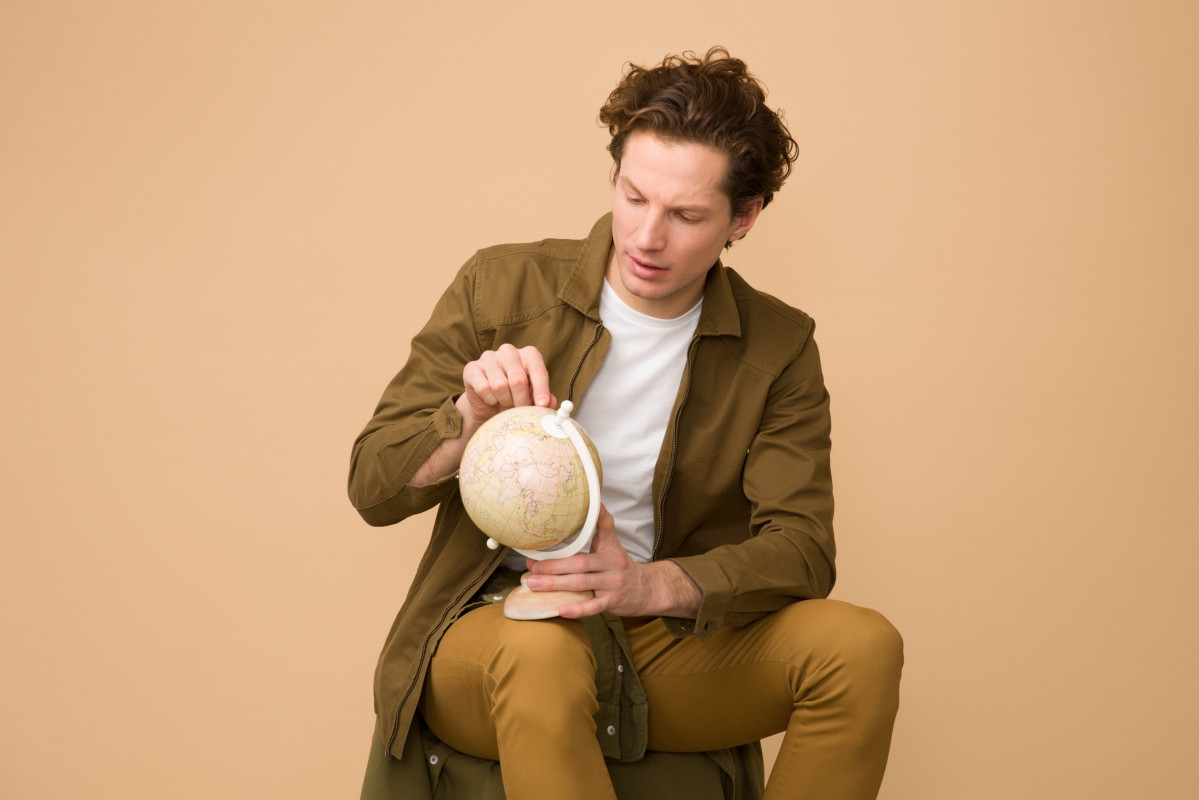How to Create a Community Online: The Key to Successful Influencer Marketing
 Ana Blanco Moreno | 16 Nov 2020
Ana Blanco Moreno | 16 Nov 2020
In our latest UpMarketing episode, we talked to LVMH's international influencer & media marketing expert, Ananya Rajpoot. We discussed everything from the advantages and disadvantages of influencer marketing, to attracting localised communities and promoting your brand online. Here are the key takeaways:
Authenticity and Transparency
“If I could put it in a few words, the advantages of influencer marketing would be the authenticity, the genuineness and the connection it brings to consumers. It allows us not only to create a relationship with our target audience but also with the content creator that enables it.”
The rise of streaming services and social media have rendered traditional ad campaigns practically useless, especially for younger generations. How many of us have replaced cable with Netflix? Hundreds of series, movies and...no ads. For those of us who still watch TV, how many of us whip out our phones every time commercials come on? Can you remember the last time an ad connected with you? Odds are you probably can’t. But you definitely remember the beauty product your favourite Youtuber keeps on raving about, or the brand-new sneakers you keep seeing on Instagram.
Over the past decade, influencers have been able to create online communities of people who rely on their opinions and look to them for inspiration. It’s this bond with the consumer that makes them such powerful brand advocates. Content creators can humanise the marketing process and transform promotional material into entertainment for their audience. But social media can be a risky business.
“The disadvantages can be just as big as the advantages, especially the risk factor. What if I don’t identify the right influencer for my brand? Then all my money, all the authenticity and genuineness go in for a toss and the damages are even bigger than what the advantages could have been."
The success of influencer marketing is built on trust. People follow content creators because they are approachable. They’re not a staged ad campaign, with scripted lines and perfect models. They’re real people with likes, dislikes and opinions, just like the rest of us. So, when they vouch for a product, when they endorse a brand, we count on their honesty. But if this trust is breached, the damages to brand reputation can be cataclysmal. To avoid this, ALWAYS be transparent. Disclose all sponsored content and be as open as you can with your audience.
Have a clear and defined voice
“It’s important to have a strong brand voice, to be clear on what you are trying to sell and who you want to sell to. You need to figure out what you stand for so that your message is clear and your efforts channelised.”
The first step towards authenticity is having a clear purpose. What makes your brand special? What values do you stand by?
Once you have that, make sure your message is unified on all marketing touchpoints. Whether social, digital or print; your brand identity should shine through all of them. Influencer marketing is no exception.
Having a clear brand image “will allow you to create a community of followers who believe in what you are doing”. These are the people who will promote your product, become brand advocates and actively contribute to your success. Ananya summarised it beautifully: “Word of mouth is something that can get you incredible levels of conversion. It might be a long process and you might think “oh I'm not reaching the number of people I want to reach". But you must realise that you are reaching exactly the right people. And they’re going to be buying from you.”
Choose the right influencer for your brand
The next step is choosing your collaborators, the people who will give your message a platform. There are two key things you need to consider. The first is what you are hoping to get out of the collaboration.
I know companies that work with all types of influencers, left, right and centre because their ultimate goal is brand awareness. They go for the number of followers because what they want is visibility. However, if I’m looking for conversions rather than awareness, then I should invest and create partnerships with influencers who have similar brand voices behind them.
The second is the traits you are looking for in an ambassador.
“When deciding on influencers, the fit should be measured in terms of the values they hold. Every company has core values and those of us working in influencer marketing should make sure we cast influencers with matching principles.”
You should also check their track record. What kind of work have they done previously? Have they been involved in any controversies? Finally, look at their personalities, what sets them apart from all other influencers. It is what has led to their success and any good collaboration should make the most of it and stay true to their identity.
“Who they are as a person and what they promote will make a huge difference. At the end of the day, we’re not using them as a marketing person in one ad, we are trying to build a [long-term] relationship with their audience.”
Localised communities: the importance of creative freedom
One of the biggest challenges for brands, especially when dealing with foreign markets, is deciding how much creative space to give local content creators. There is a tug of war between wanting to adjust the message to a given culture and wanting to maintain a harmonised brand image. In cases like these, Ananya advises taking a more free-floating approach:
“I think, this is where we have to let influencers do the talking and allow them to create content that will resonate with the area. There must be a strategy and an established set of rules, but once those are agreed on, influencers should have the power. Because, ultimately, we need them. They can reach people we don’t know how to reach out to and, most importantly, they can make a brand feel much closer to home.”
To learn more about influencer marketing, listen to the Upmarketing podcast below:
UpMarketing Podcast episode 2 with Ananya Rajpoot



